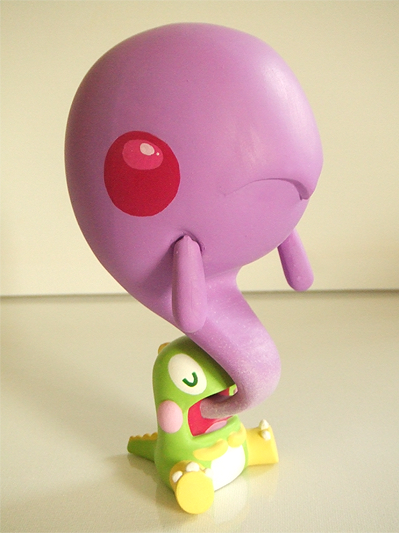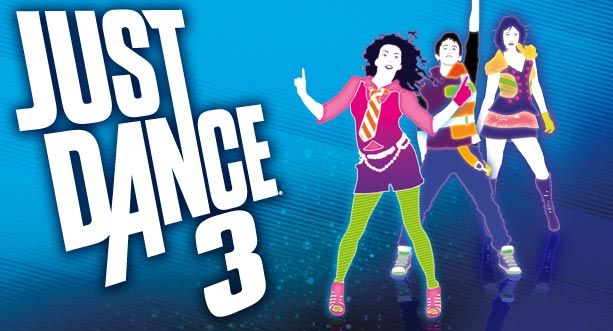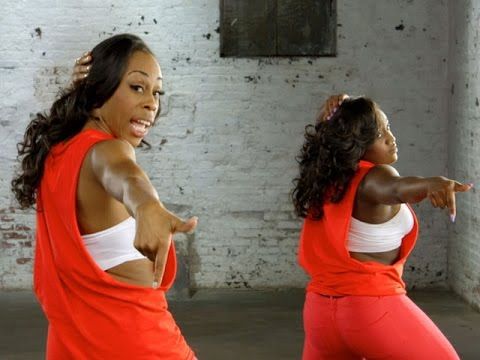How to ceili dance
Simple Ceili Dances
Simple Céilí Dances
These simplified céilí dances are designed for céilís with very large groups who have never done céilí dancing before. I show the threes, side step and swing hold to start. In a very big group chaos usually sets in when couples have to change partners, peel off or side step into the parallel dancing line. The following dances are designed to reduce confusion and keep the number of moves or figures to a bare minimum. The full versions can be introduced later when the dancers have become familiar with the basics.
Caoimhghin Ó Croidheáin
[email protected]
www.gaelart.net
Maggie in the Woods (Polka) - Fourth Figure THE CONNEMARA REEL SET
All hold hands and form circle around the room with partner on gent’s right
1 All dance in and out, repeat (8 bars)
2 Gent takes hand of lady on his left and polka at home in waltz hold (8 bars)
All form circle and repeat 1 – 2
CIRCASSIAN CIRCLE
All hold hands and form circle around the room with partner on gent’s right
1 All dance in 4 steps and out, repeat
2 Ladies dance in 4 steps, clap and out again, gents do the
same but turn to face partner as they dance out
3 All swing their partners
All form circle and repeat 1 – 3
VIRGINIA REEL
Reel. Dancers line up in lines, ladies
facing gents
1 Everyone. Each line takes hands and advances and retires twice.
2 All turn opposite partner with right elbow hook
3 All turn opposite partner with left elbow hook
4 All turn opposite partner with both hands
5 All dos-à-dos with opposite partner
Each line takes hands and repeats 1-5
WALLS OF LIMERICK (Ballaí Luimní) [2 facing 2]
Dancers line up as couples, two opposite two repeating
down the hall.
Reel, 40 Bars. The dance is repeated with a new couple each
time.
1 Everyone advance and retire twice while holding inside hands with your partner
2 Half right and left Ladies sidestep
(sevens) to the left to change places and finish facing
the opposite gent. Everyone dances two short threes.
Gents now sidestep to the right to change places and all
dance two short threes.
Everyone dances two short threes.
Gents now sidestep to the right to change places and all
dance two short threes.
3 Swing. Finish facing in same direction as original position.
Repeat 1-3 with new couple
SIEGE OF ENNIS (Ionsaí na hInse) [4 facing 4]
Dancers line up in lines of four people or two couples,
facing another line of four.
OXOX
XOXO
Repeat this formation until you fill the room. Jig, 40 Bars
1 Everyone. Each line takes hands and advances and retires twice (8bars)
2 Everyone. Swing with opposite lady or gent
3 Advance and retire like the first
movement and on the second advance the line facing the music
raises their arms and the opposite line passes under passing
right shoulders with the person opposite.
All take hands and repeat 1-3 with the new line.
THE HAYMAKERS' JIG (Baint an Fhéir) [5 facing 5]
Five couples form two lines, ladies and gents facing each other (X = gent O = lady)
O O O O O
X X X X X
1 2 3 4 5
1 Advance and retire: the lines advance and retire twice (8 bars), all dance the Rise and Grind on the R foot then the L foot (4 bars) and the lines advance and retire again (4 bars).
2 The 1st gent and 5th lady dance into the centre, half turn each other with right elbow hook and dance back to place (4 bars). The same movement is then danced by the 5th gent and 1st lady. The same couples repeat the movement but this time half turn left elbow hook (8 bars)
3 Swing: the 1st gent and 5th lady dance
into the centre, swing and dance back to place (8 bars).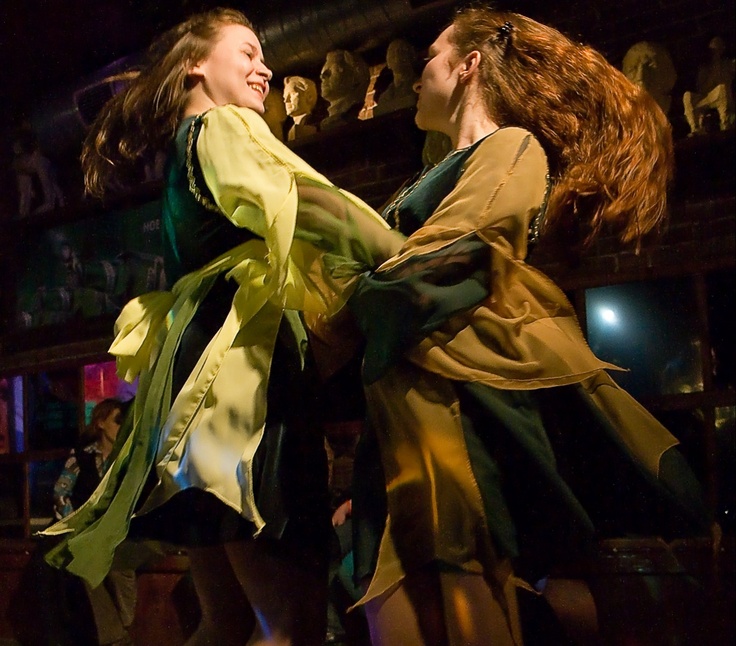 The same movement is then danced by the 5th gent and 1st
lady (8 bars)
The same movement is then danced by the 5th gent and 1st
lady (8 bars)
Each line takes hands and repeats 1-3
Ceili Dancing in Action | Bluegrass Ceili Academy
Ceili dancing is the traditional group dancing native to Ireland, first taught by tradition and then, in 1939, put into writing by the Irish dancing commission. The dances we teach are those generations-old dances handed down through the years. In addition to traditional dances, Bluegrass Ceili Academy teaches and performs original choreographies.
Our community-based school regularly performs at local festivals, school and civic organizations, and onstage throughout Central Kentucky. Take a look at our 2018 Showcase performance to see some of our work onstage.
Dancing for Competition
While competition is not the sole focus of our dance program, our dancers can compete at the local, regional and national level.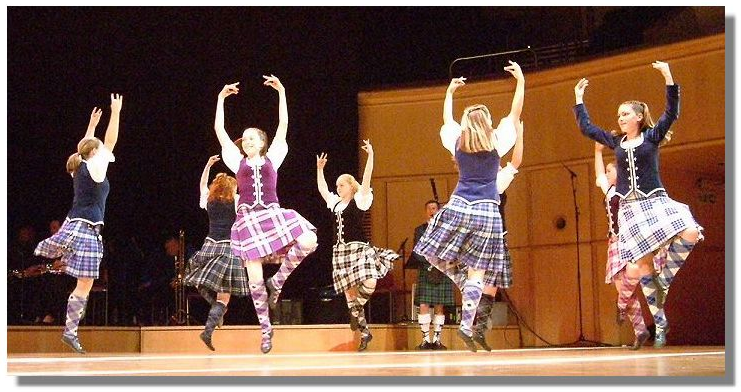 Here’s a sample of their participation in the 2019 Mid America Region Oireachtas, a regional championship competition.
Here’s a sample of their participation in the 2019 Mid America Region Oireachtas, a regional championship competition.
Ceili Dancing for Performance
Throughout her dance career, Bluegrass Ceili Academy founder and director Megan Moloney has specialized in creating original group dances for the stage. Whether choreographing from the ground up, re-visioning traditional dances or reviving centuries-old dances for modern audiences, Bluegrass Ceili is creating innovative Irish dance performances.
Eight Hand JigThis enhanced version of the traditional Eight Hand Jig was performed at the John F. Kennedy Center for the Performing Arts on March 16, 2010.
Music: Calliope House / The Cowboy Jig Medley – Alasdair Fraser
An early 20th century four hand dance, performed at the Black Rock Center for the Arts in March 2012.
Music: Jonny’s Flush / The Boiling Hen – The McDades
A polka set created to honor the location where Lexington was first founded, performed at the Lexington Opera House in May 2019.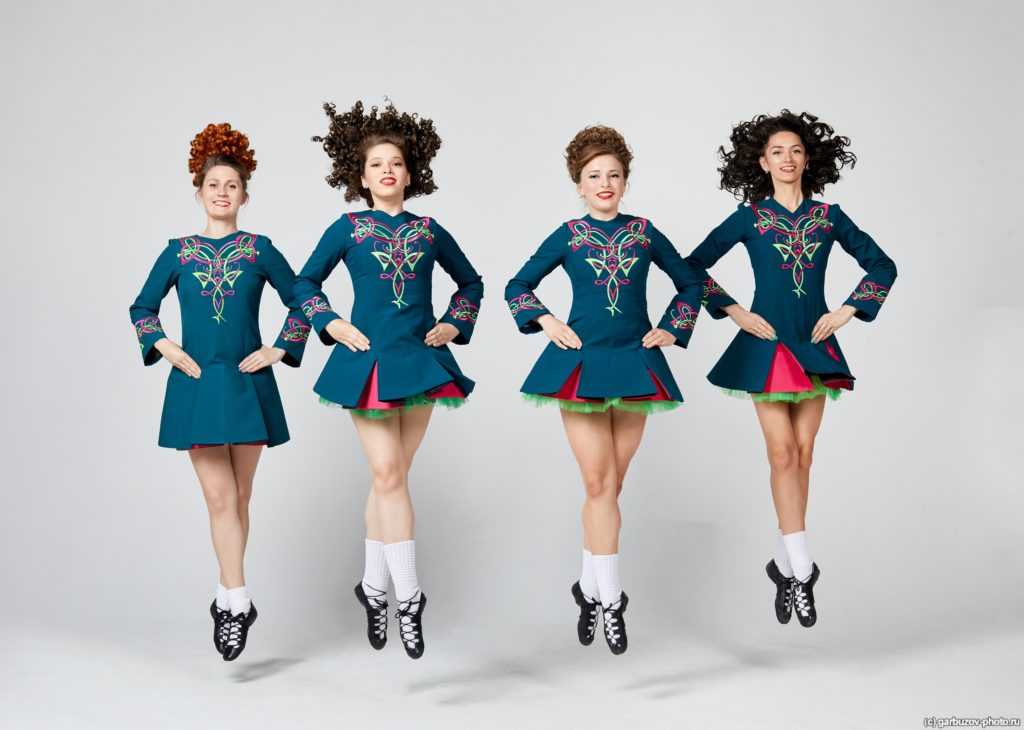
Music: Craic for Jack – Eileen Ivers
| Main page | Our library | Group Irish Dancing - Kaylee | ||||||||||||||||||||||||||||||||||||||||||||||||||||||||||||||||||||||||
| Irish dances in their diversity, in addition to solo performance, also exist in the form of group or team dances - Ceili dances. The translation of the Celtic word ceilidh - holiday, party - gives us an idea of where the dances of the same name were performed. The concept of "caylee" has retained its original meaning in the modern Irish language, but is still more often used in a narrower way - to refer to a certain type of dance. In Ireland and in Scotland, close in spirit and culture of dance, these are social dances, that is, communication dances for a certain number of dancers: couples, sets (groups of 4 to 16 people) or constructions of a large number of people ( "circles", "ranks", "streets", etc.). Often, even in pair dances, there is a change of partners so that each participant can dance with everyone without promising a dance to anyone separately. Kaylee dancing has always been a welcome entertainment at village and pub festivals. Village events were often the only way for a guy to meet a girl, as well as an opportunity to evaluate future brides and grooms in an informal setting. nine0006 Now, Irish kaylee most often means 30 dances described in the book "Ar Rinncide Foirne", as well as small figure dances, similar in style, performed in Irish dance competitions in small groups, namely, twos and threes - among the two and three people. This is due to the activity in Ireland of the Gaelic League. “In the early twentieth century, caylees were very popular in most parts of Ireland. People traveled considerable distances to take part in the dances. In the largest cities, dance halls were filled with thousands of people who wanted to dance. The example of Dublin can give an idea of the situation on a national scale. In Dublin, ceilis were held every Sunday in the Round Hall of the Mansion House. Every week the hall was filled to capacity and often the sign "full house" (filled) was hung out long before the official start time of the event. Modern Irish keley dancing requires a significant amount of skill. Despite the fact that all dances are built on the basis of a small number of basic steps (side step, threeses, promenade step, rising step and rise and grind, etc.), which are studied by all dancers at the very first lessons, the general choreographic design, consisting from the Body (the main main component of the dance) and many figures, will not allow you to immediately join the circle of dancers. But first things first. Irish kaylees are group figure or line dances performed both in Irish dancing competitions and for fun at dance parties. Performed only in soft shoes. The number of people who can take part in a particular dance is strictly regulated (see table below). In dances where a specific number is not specified, it is usually determined by what the number of participants will be a multiple (2nd, 3rd or 4th). Keili dances use several initial formations of dancers: In line and street dances, after the end of the main plot, partners find themselves in other places and start dancing again with other counter-partners, so such dances can be massive and they are also called linear (progressive), which can continue indefinitely (long dance, progressive dance). Kelly dance music, although similar to that used for solo dancing, still has its own characteristics. First of all - the speed of execution; it will depend on what basic element the dance is based on: if the movements go through the "promenade" (the main basic element of many keili dances), the music may be slower; if it is a "jump" (a characteristic jump for ceili dances with the leg bent in front as a replacement for the promenade step) - the music is played faster. nine0006 Some keley dances have their own unique melodies , which are usually named after the dances themselves - The Sweets of May, The High-Cauled Cap, Humors of Bandon, The Rakes of Mallow, St. Patrick's Day, Hastle to the Wedding, Trip to the Cottage, Lannigan's Ball . How do you usually start learning Keili dancing? There is no clear answer here. Some teachers prefer to start with figure dances for 2 and 3 people. They work out the basic technique and principles of movement. 2-hand Reel and 3-hand Reel were not included in the list of 30 dance compositions, so the teachers have a little freedom in composing the choreography. But here it is necessary to emphasize the word "small", since all Irish dance commissions regulate the performance of these dances: the number of bars, allowed elements or hand movements. Next, mass dances are usually studied, where couples interact, and the number of such couples in some cases is unlimited. These are: The Bridge of Athlone, Haste to the Wedding, Rince Fada, An Rince Mor, Antrim Reel, Bonfire Dance . Only after reaching a certain skill and having developed a sufficient quantity and quality of dance technique, they begin to study complex set compositions for 8, 10, 12 and 16 people: The Sweets of May, The Gates of Derry, The Cross Reel, 8-Hand Reel, 8-Hand Jig, Morris Reel, The Three Tunes, St.Patrick's Day, High-Cauled Cap, Trip to the Cottage, Sixteen-Hand Reel, Lannigan's Ball, Haymakers Jig, The Waves of Thory
In the photo: dancers of the Killarney Irish Dance School All articles on the site are written by members of our team and are unique. © Killarney Irish Dance School 2013 | | |||||||||||||||||||||||||||||||||||||||||||||||||||||||||||||||||||||||
| nine0007 | ||||||||||||||||||||||||||||||||||||||||||||||||||||||||||||||||||||||||
Scottish Traditional Dances (Part 2, Keili)
0
0
0
| Folk dances
World Dances
Scottish Keili
Keili is a generic term used for traditional group dances in Scotland and Ireland. The name is also used for the music to which kaylees are usually danced and for parties dedicated to these dances. By and large, this is not surprising, since the original meaning of the word "ceilidh" comes from the Scottish "ceilidh", meaning "holiday".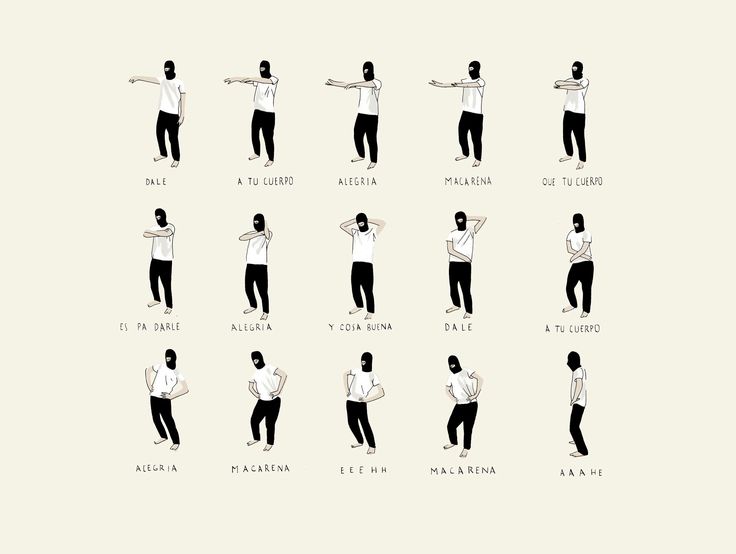 Like centuries ago, so today (both in Scotland and in Ireland), keili are social dances, that is, they are mainly intended for communication between people. nine0006
Like centuries ago, so today (both in Scotland and in Ireland), keili are social dances, that is, they are mainly intended for communication between people. nine0006
Scottish caylee
This type of dance has always been performed in Scotland and Ireland at festivals in villages and town pubs. Since such mass gatherings on the occasion of any events in parallel were something of a way to evaluate future brides and grooms, keili dances are mostly pair dances. At the same time, such pair dances are performed with a change of partners so that each participant in the keili can dance with all partners. The general concept of "keili" in these countries includes such dances as polkas, waltzes, two-steps, hornpipes and square dances. nine0006
Scottish keili
Scottish people usually dance keili at weddings, holidays and festivals, and in many communities there is a so-called 'kayli calendar', according to which you can see when these dances will next be performed. Most keili dances are performed in pairs or in groups of three, four, six or eight people. They are easy to learn and often people learn keili literally "on the fly" by being led into the dance and being told what to do in the process. Some native Scottish dances, such as reel, reel tulloch and highland scottish, are used as keili today. In any case, the hallmarks are fun, joy and bringing people together. nine0006
Most keili dances are performed in pairs or in groups of three, four, six or eight people. They are easy to learn and often people learn keili literally "on the fly" by being led into the dance and being told what to do in the process. Some native Scottish dances, such as reel, reel tulloch and highland scottish, are used as keili today. In any case, the hallmarks are fun, joy and bringing people together. nine0006
history, scotland, culture, highland
share a link
Blog tags
Find a tag:
Follow @4dancing
Learn more
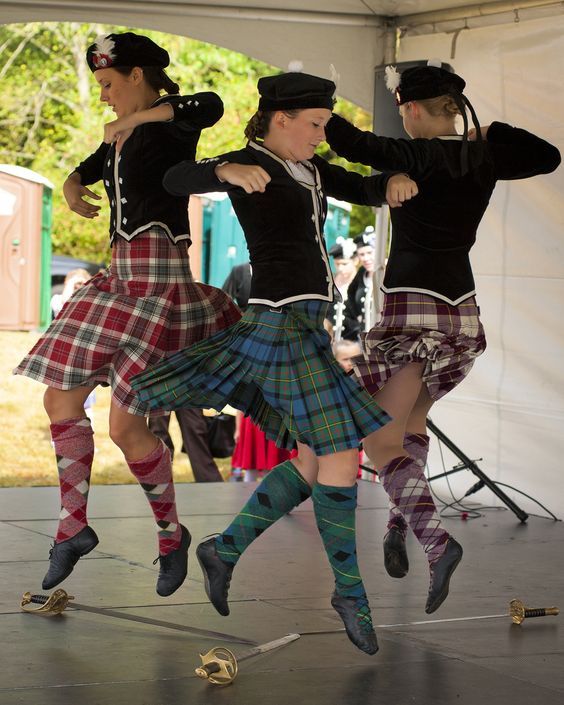 nine0006
nine0006  In an effort to revive true Irish dance art, the League nevertheless deformed it significantly, introducing standards where it declared only thirty described dances to be truly Irish and forbade dancing the rest as "not Irish enough". Thus, a whole layer of folk set dances fell out of the concept of Irish keili, which are now not only studied separately, but also are not the subject of competitions of almost all Irish dance commissions known today. nine0006
In an effort to revive true Irish dance art, the League nevertheless deformed it significantly, introducing standards where it declared only thirty described dances to be truly Irish and forbade dancing the rest as "not Irish enough". Thus, a whole layer of folk set dances fell out of the concept of Irish keili, which are now not only studied separately, but also are not the subject of competitions of almost all Irish dance commissions known today. nine0006  /…/ The Keighleys have supported Irish dancing as a vital part of culture both in Ireland and beyond for over a hundred years. In addition to the thirty dances described in the three books of the collection, there are a great many other popular keili dances. nine0025 Caylee can be danced by children, youth and adults, and for some dancers there is no greater pleasure than dancing the 8-hand Jig or The High Cauled Cap in the company of good dancers."
/…/ The Keighleys have supported Irish dancing as a vital part of culture both in Ireland and beyond for over a hundred years. In addition to the thirty dances described in the three books of the collection, there are a great many other popular keili dances. nine0025 Caylee can be danced by children, youth and adults, and for some dancers there is no greater pleasure than dancing the 8-hand Jig or The High Cauled Cap in the company of good dancers." 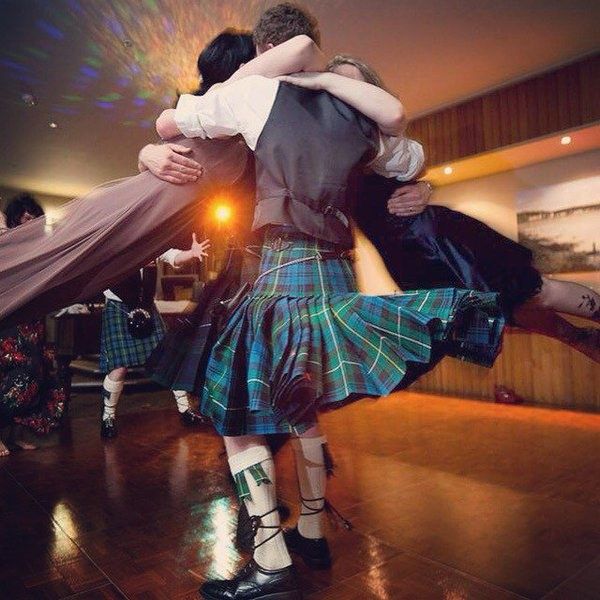 nine0006
nine0006  The dance is characterized by complex rearrangements within its set. nine0006
The dance is characterized by complex rearrangements within its set. nine0006 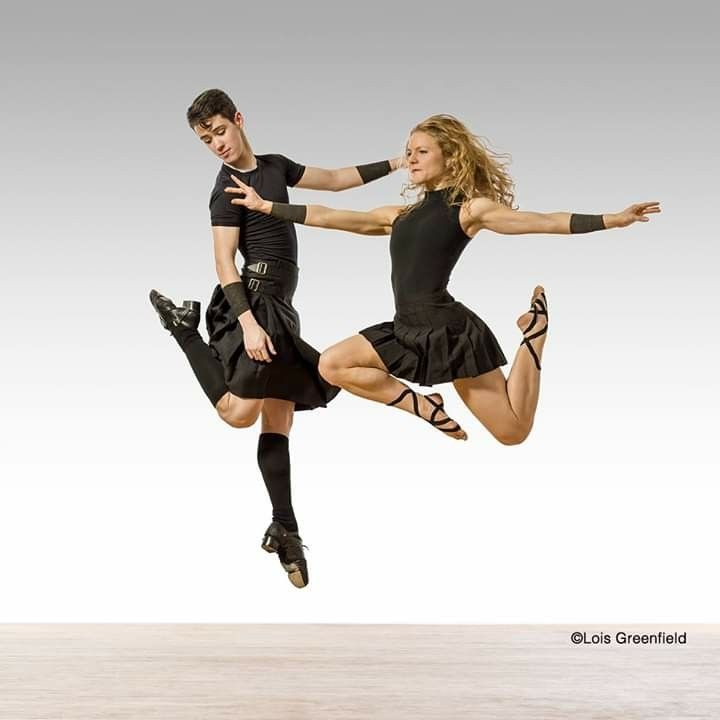 nine0006
nine0006 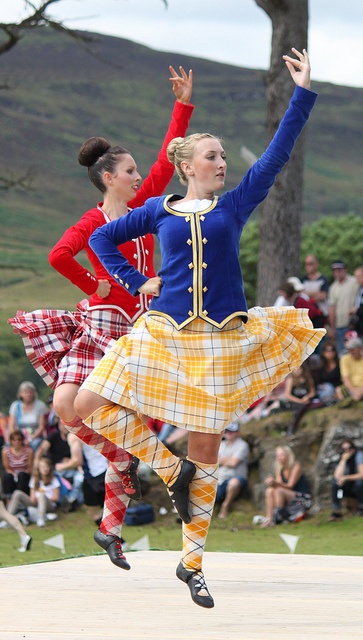 nine0025 Standing apart is the keley dance Three Tunes , which is danced to a composition consisting of three traditional Irish melodies - Haste to the Wedding jig, Leslie's Hornpipe and The German Beau reel.
nine0025 Standing apart is the keley dance Three Tunes , which is danced to a composition consisting of three traditional Irish melodies - Haste to the Wedding jig, Leslie's Hornpipe and The German Beau reel.  nine0026 .
nine0026 .  Mass line dance
Mass line dance  Placing our articles on your resources is possible only with the permission of the site administration and with a mandatory active hyperlink to this source.
Placing our articles on your resources is possible only with the permission of the site administration and with a mandatory active hyperlink to this source. 

